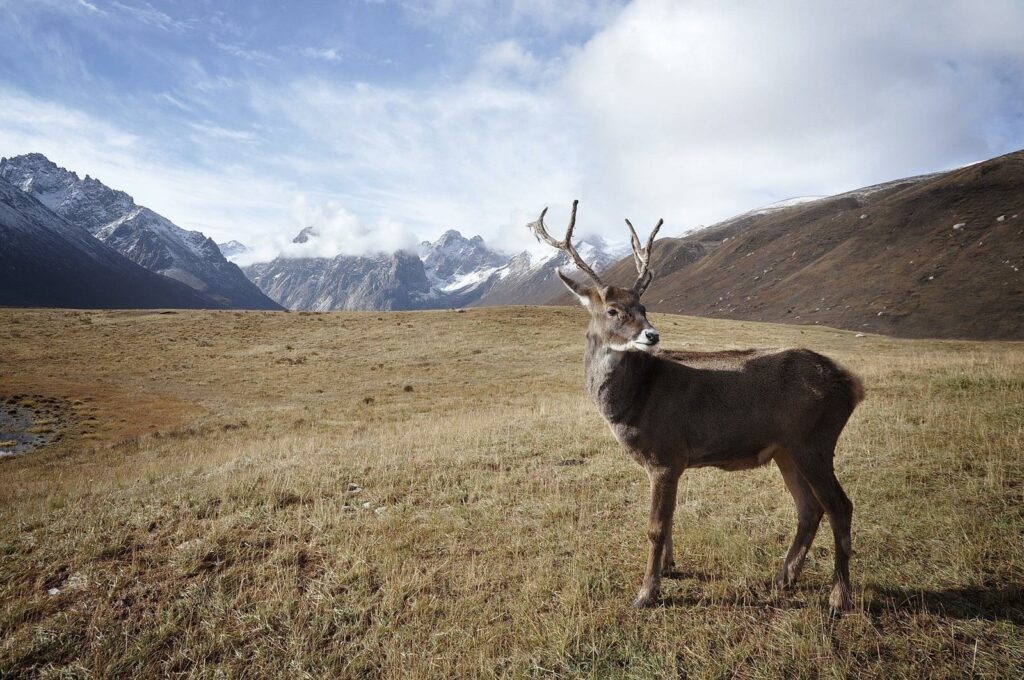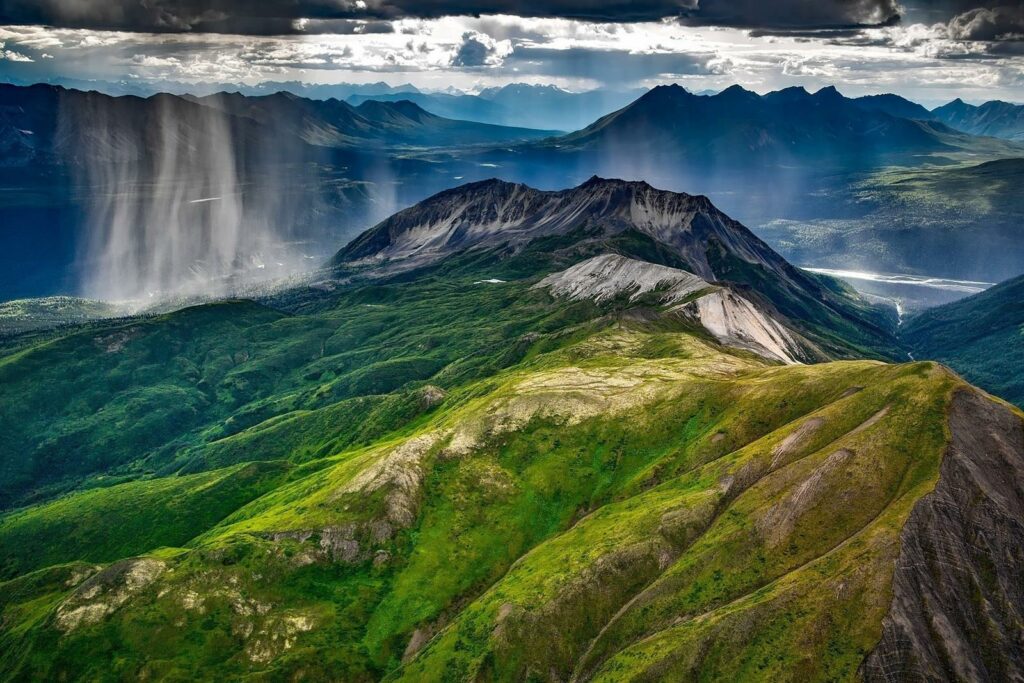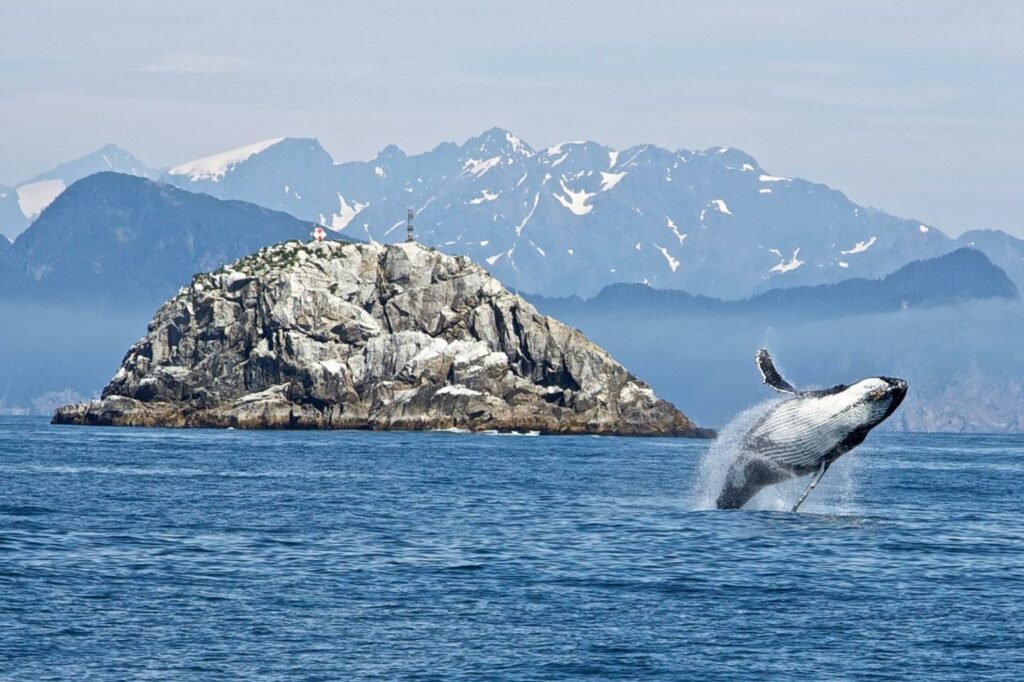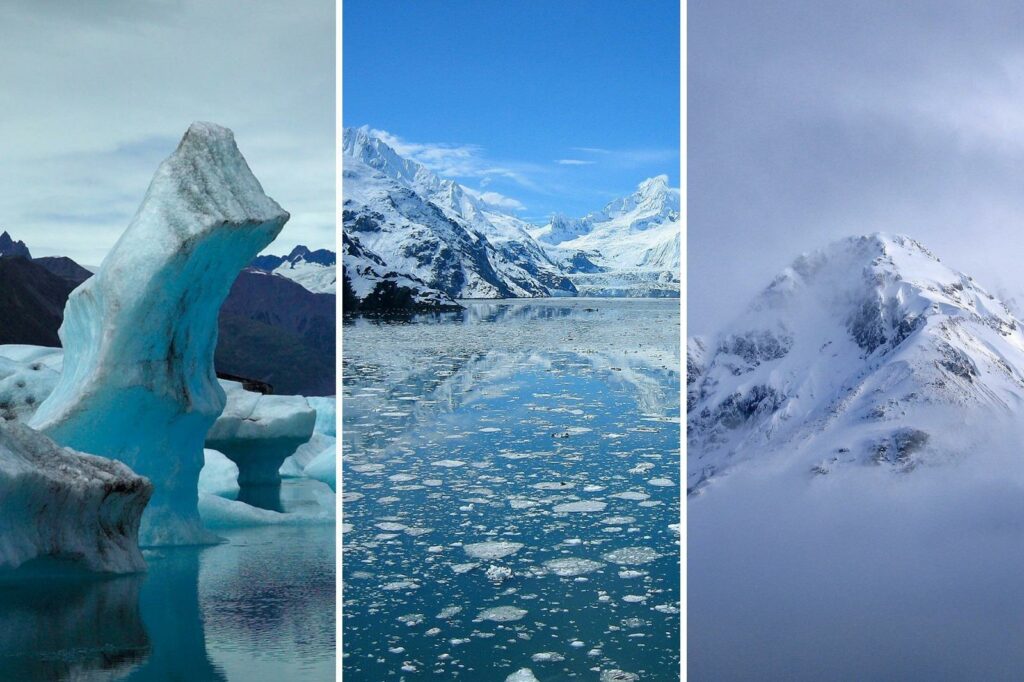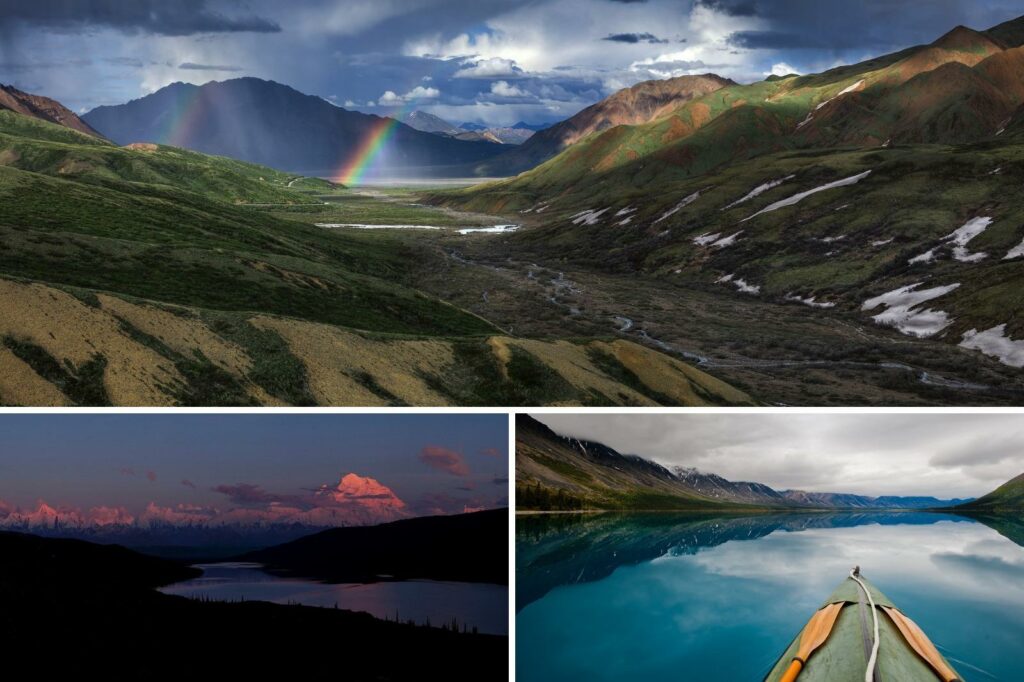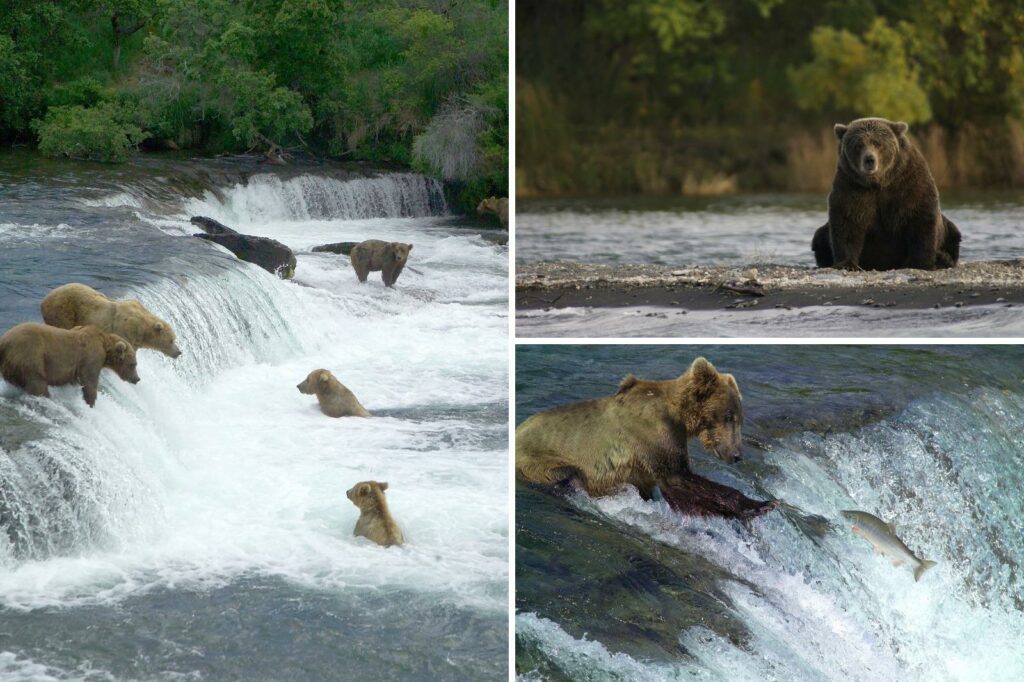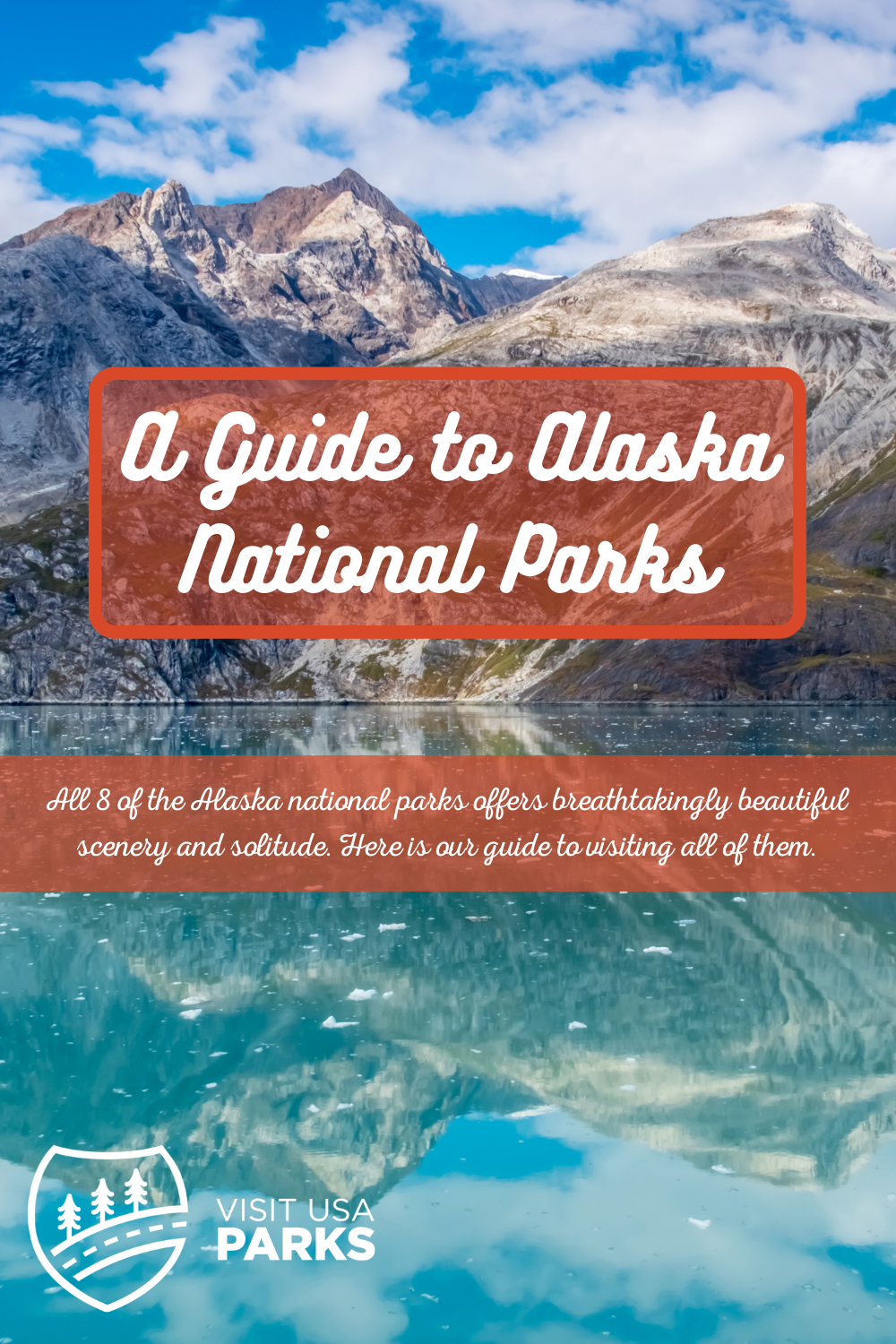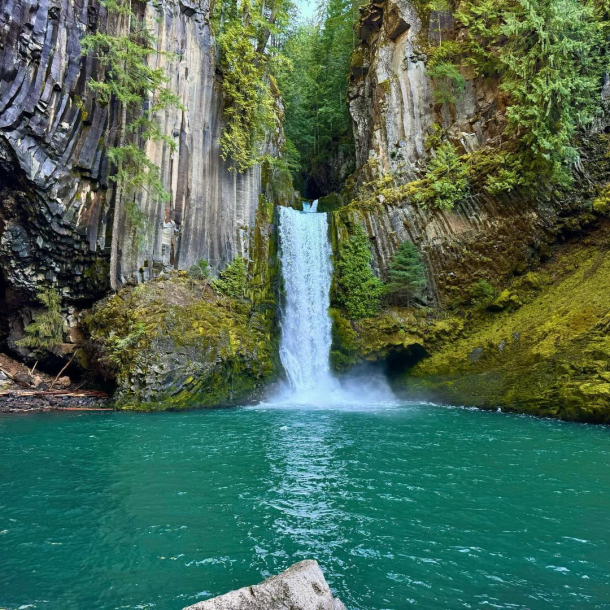Travel Tips
A Guide To Alaska National Parks
Getting There
Ted Steven’s Anchorage International Airport is the usual gateway into Alaska. As Alaska’s largest city, Anchorage acts as the travel hub for the whole state, with air connections to every other large town and many of the state’s 240 small rural airports.
Best Time to Visit:
Well, we don’t really want to tell people what to do, but here is a little factoid for you; during the winter, the temperatures in Alaska can fall below −60 °F. That is -51 degrees Celsius . As in…man that’s cold! Not only does the temperature plummet during the long grip of Alaska’s winter, so does almost every industry supporting tourism. If you don’t mind being cold and hungry, by all means; visit Alaska in the winter. Not so much into self-punishment? Summer temps in Alaska can reach into the 90’s, or the mid 30s Celsius. Again, do what you want..just keep in mind Alaska Winters=cold, long and dark. Alaska Summers=short, warm and full of sun.
Gates of the Arctic National Park
Gates of the Arctic National Park is a vast landscape of sub-arctic splendor. This park does not contain any roads or trails. Wild rivers meander through glacier-carved valleys, caribou migrate along age-old trails, endless summer light fades into the aurora-lit night skies of winter. It remains virtually unchanged except by the forces of nature.
Best Experience:
The solitude. No trails or visitor services exist in the park. You must be self-sufficient.
Kobuk Valley National Park
Completely surrounded by the Waring and Baird mountain ranges, this park protects a bevy of sub-arctic geography. The Kobuk River and the Great Kobuk Sand Dunes are the spectacular gems of the park, but there is so much more. A quarter million caribou migrate through the park twice a year – north in the spring, south in the fall.
Best Experience:
Onion Portage is a National Historic Landmark on the Kobuk River where people gathered for 9,000 years to harvest caribou as they forded the stream. Today, local Alaskan residents still feed their families with caribou from the river crossing in the fall.
Denali National Park
Ahh Denali. In a state of grandness, this park is the feather in the cap. With over 6 million acres of protected land, it truly is a gem of wilderness. More developed than Kobuk or Gates of the Arctic, Denali never-the-less takes a certain amount of planning. There is only one road in the park and private travel is not allowed beyond mile 15; which means you are walking, biking or riding a bus. Not a bad way to see one of the most beautiful places on the planet, but it shouldn’t come as a surprise.
Best Experience:
Denali Park Road. 92 miles long, the Denali Park Road parallels the Alaska Range and travels through low valleys and high mountain passes. It is the only road in the park. Along its route, beautiful landscapes are the norm, with Denali making a regular appearance.
Wrangel St. Elias National Park
This is the largest of the Alaska national parks and it’s also the largest national park in the United States. How large you ask? Yellowstone large, times six. Follow any braided river or stream to its source and you will find either a receding, advancing, or tidewater glacier. Hike its mountains, float its rivers, ski its glaciers. As with most of the Alaska national parks, travel service and facilities are limited but there are still endless opportunities to explore and discover America’s premier mountain wilderness.
Best Experience:
Kayaking. Wrangell-St. Elias offers 155 miles of coast for kayaking. These trips can be hazardous, difficult, and require advance logistics, but they are often the adventure of a lifetime.
Kanai Fords National Park
This park is located on the fantastic Kenai Peninsula near the harbor town of Seward. At over 1,000 square miles, the park has plenty of room to stretch your legs, or your arms depending on your passion. On any given day you can be hiking, kayaking, fat biking or cross country skiing; or take the more relaxing route and see the whole park from a tour boat. Nearly 51 percent of the park is ice covered, meaning the sense of wilderness is just as amazing as the photo ops.
Best Experience:
Harding Icefield Trail.This trail is referred to by rangers as “the best day hike in the National Park Service.” The Harding Icefield Trail begins at the Exit Glacier Nature Center and travels to the edge of the Harding Icefield. About 8 miles round trip, the trail gains a lot of elevation, and is described as strenuous. However those that brave the trail are rewarded with a spectacular view of the Harding Icefield, which makes up 50 percent of the park.
Glacier Bay National Park
Though the most southerly of the national parks in Alaska, Glacier Bay is still wilderness to the bone. The vast majority of Glacier Bay National Park and Preserve has neither roads nor trails. It is possible for wilderness lovers to spend days in the park’s more remote places seeing no people, nor even signs of people. And that is just great because that means you get all those snow-capped peaks, temperate forested valleys and long stretches of coast all to yourself. That’s 3.3 million acres of adventure.
Best Experience:
White Water Rafting. Rafting the Tatshenshini and Alsek rivers from Canada to Dry Bay in Glacier Bay National Preserve is a world-class float trip on glacial rivers slicing through one of the world’s highest coastal mountain ranges. Whether you bring your own raft, rent from an outfitter, or join a guided trip, you can bring along many of the comforts that kayakers and backpackers must leave behind.
Lake Clark National Park
Let’s be up front about Lake Clark; you aren’t going to be driving there. There are no roads here. Traveling to this park requires a plane or a boat, and a little bit of dedication. But what you get in return is well worth the effort. This is Alaska at its best, and it shows in the still steaming volcanoes, the tundra, the mirror like turquoise waters and the endless fishing opportunities. Chances are, Lake Clark National Park and Preserve is unlike any park you’ve experienced.
Best Experience:
Everything in Lake Clark National Park. Lake Clark preserves the ancestral homelands of the Dena’ina people, an intact ecosystem at the headwaters of the largest sockeye salmon fishery in the world, and a rich cultural wilderness. Just by making the effort to get to Lake Clark, you become a part of this legacy.
Katmai National Park
If you want to visit Katmai, you are going to have to catch a taxi. An Airtaxi that is. Once again, if you want to visit this untrammeled wilderness…you going to have to fly or boat. But once again, you are going to be glad you did. Located in what is know as the Valley of Ten Thousand Smokes, Katmai was set up as an extensive outdoor study area for active volcanism. But it’s not just volcano nerds that flock to this remote park. Katmai contains the world’s largest protected brown bear population, estimated to number about 2,200. Those two things, coupled with the extensive opportunities, like hiking, backpacking, camping, backcountry skiing, fishing and kayaking, boat tours and interpretive programs, make any trip to Katmai a memory of a lifetime.
Best Experience:
Visit Now!
Each of the Alaska national parks offers breathtakingly beautiful scenery and solitude – we recommend visiting them all if you have the opportunity!



